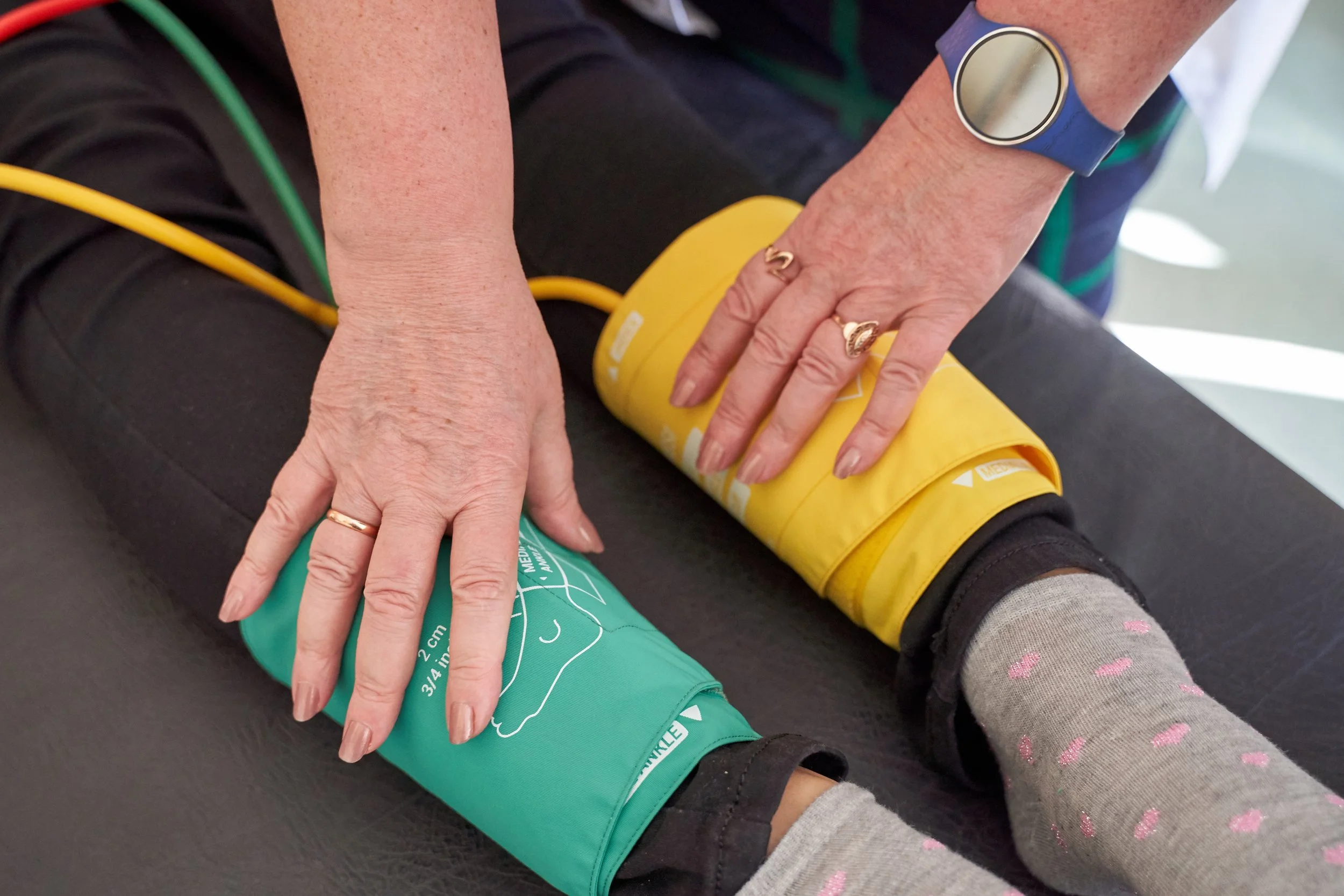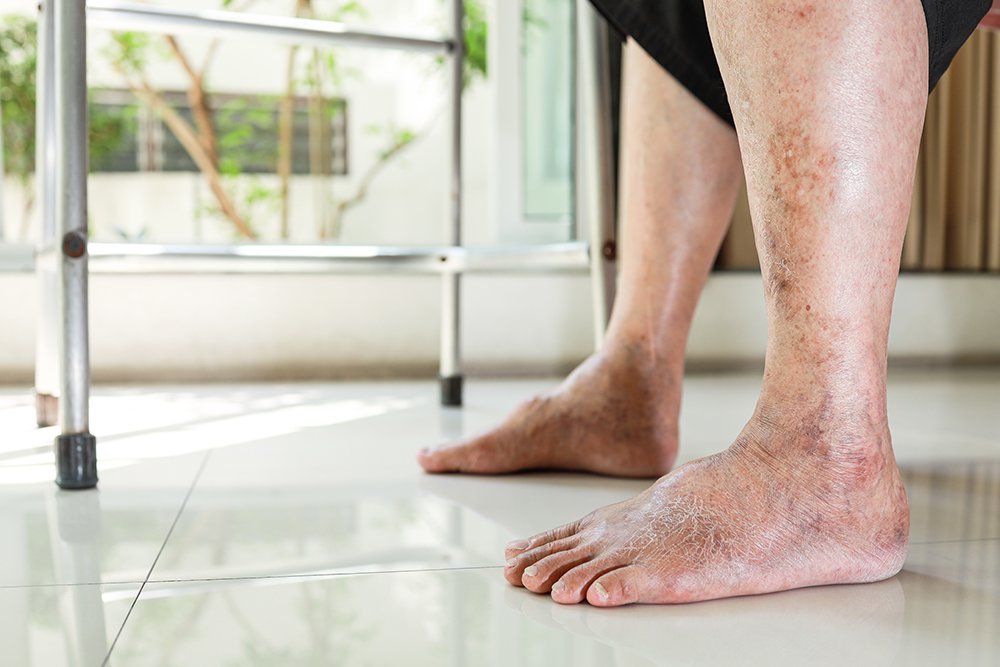Peripheral Artery Disease vs Peripheral Venous Disease
While both peripheral artery disease (PAD) and peripheral venous disease (PVD) are vascular diseases, they are separate conditions that can affect your life in many ways.
Peripheral Artery Disease (PAD)
Peripheral Artery Disease (PAD) is a common circulatory problem in which narrowed arteries reduce blood flow to your limbs.
This disease typically affects the arteries in the legs, but it can also impact other arteries that carry blood away from the heart.
Caused primarily by atherosclerosis.
It can lead to limb pain, non-healing wounds, and in severe cases, amputation.
Peripheral Venous Disease (PVD)
Also referred to as Chronic Venous Insufficiency (CVI)
A condition that affects the veins and vessels that carry blood back to the heart.
It's caused because of damaged or blocked veins, commonly in the legs, that can't effectively return blood to the heart.
It leads to blood pooling in the veins (varicose veins), which causes swelling, pain, and changes in skin color.
How PAD and PVD are similar
Both PAD and PVD include leg pain and discomfort
Leg pain and discomfort are common symptoms in both PAD and PVD.
In PAD, this often comes about in the form of intermittent claudication—a cramp-like pain in the leg that is triggered by physical activity but feels better after rest.
In PVD, leg pain tends to be a constant ache or a sense of heaviness.
Swelling and edema can occur in PAD and PVD.
Both PAD and PVD can result in swelling and edema, particularly in your legs.
This is due to the buildup of fluid in the tissues, often made worse by the inability of the blood vessels to efficiently transport blood.
Both conditions include skin changes and discoloration.
Skin changes, including discoloration, are another shared symptom of PAD and PVD.
In PAD, the skin may appear pale or shiny due to reduced blood flow.
PVD, on the other hand, often causes the skin to darken as a result of blood pooling in the veins.
Both conditions can lead to skin ulcers, although these tend to form on the feet and toes in PAD and around the ankles in PVD.
Both can impact your quality of life.
The pain and fatigue associated with these diseases can limit mobility and restrict daily activities, leading to a sedentary lifestyle and increasing the risk of depression.
Additionally, the fear of potential complications and the need for ongoing treatment can cause significant emotional stress.
What are the differences between PAD and PVD?
PAD can lead to an amputated limb while PVD does not.
Because PAD is a progressive disease and it will continue to get worse, it must be managed through lifestyle modifications, medications, and minimally invasive treatment to improve blood flow before a limb needs amputation.
If your condition is severe enough where blood cannot reach your leg at all, amputation may be necessary.
On the other hand, PVD does not lead to amputation. However, in severe cases, blood clots can form in the veins deep within the body, a condition called deep vein thrombosis. It can be life-threatening if the clot travels to the lungs.
The part of the body affected is different between PVD and PAD:
PAD affects the arteries, which are muscular and elastic vessels that carry oxygenated blood from the heart to the other body parts.
PVD, on the other hand, impacts the veins that are responsible for carrying deoxygenated blood from the body back to the heart.
PAD is more associated with other vascular diseases.
While both PAD and PVD share common risk factors like age, smoking, diabetes, high blood pressure, and high cholesterol, there are certain distinctive risk elements.
PAD is more associated with a history of vascular disease, heart disease, or stroke, for example.



